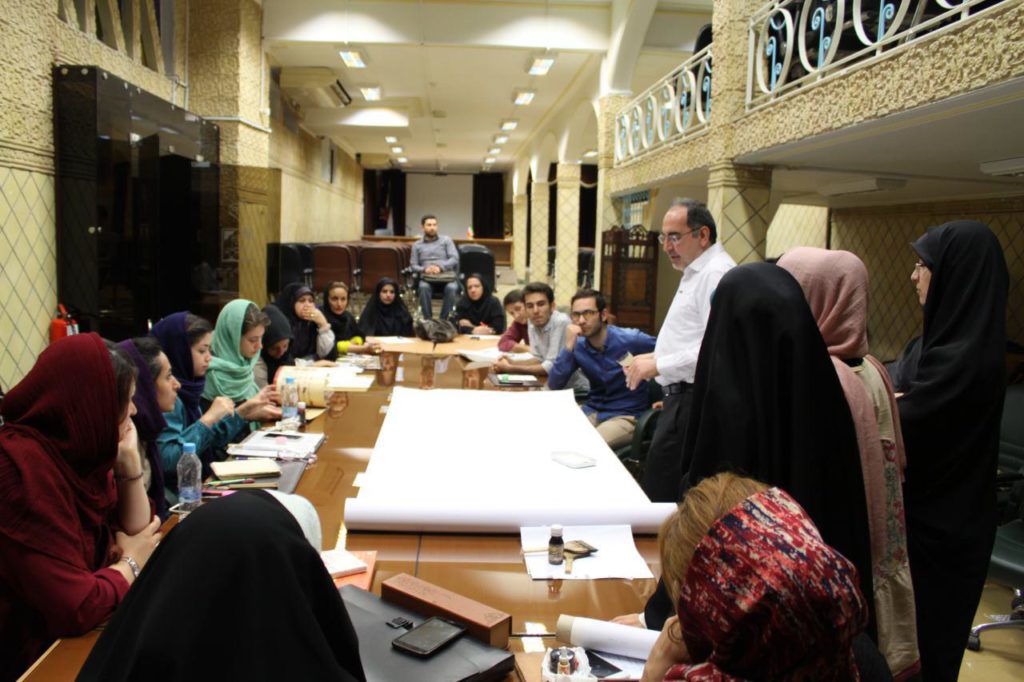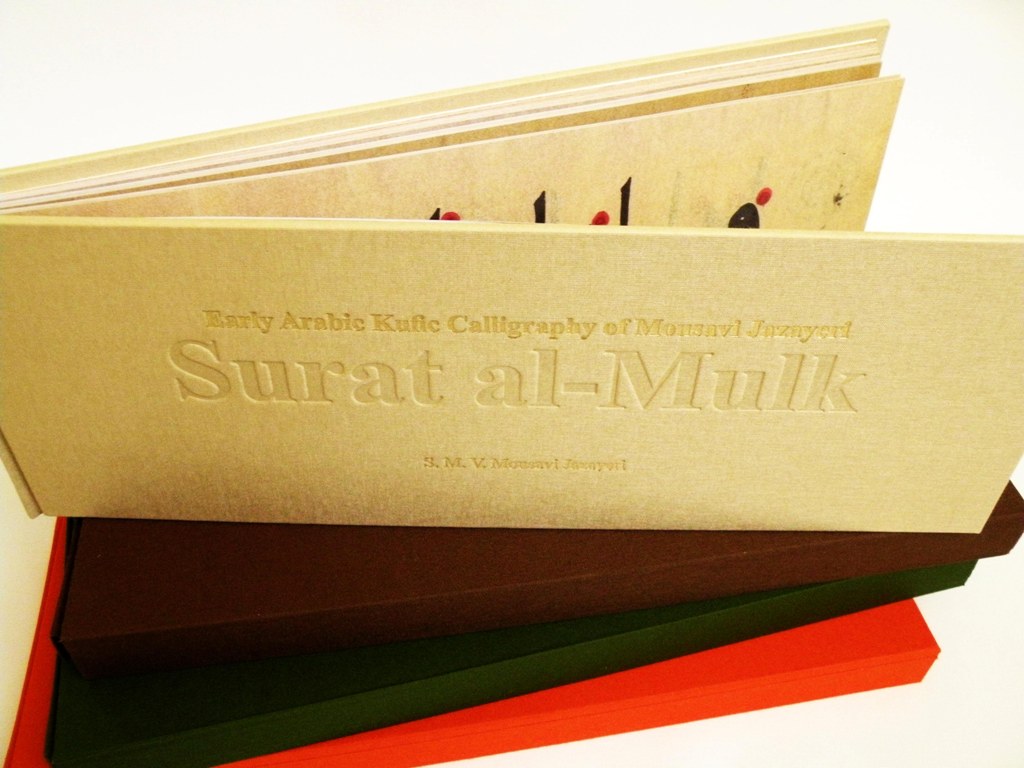2017 Summer School on Calligraphy and Typeface
Need some intellectual and creative stimulation for the summer? Check out these valuable opportunities at the Kuficpedia School on Islamic Art of Kufic Calligraphy!

What? 2017 Summer School on Calligraphy and Typeface
Where? Ahwaz, Iran
When? 14 Jun – 14 Aug 2017
This summer, Vahid M. Jazayeri will conduct 3 courses to learn Typeface and Islamic calligraphy:
- – Primary Kufic Calligraphy
- – Eastern Kufic Calligraphy
- – Logotype and Typeface designing based on traditional calligraphy
About: Discover the Qalam (Arabic wooden pen) and let it take you on a journey to learn how to write in Primary and Eastern Kufic Calligraphy on Manuscripts as well as how to design typefaces based on traditional calligraphy together with well-established calligrapher Vahid Jazayeri with more than 25 years experience in the field.
5 Things you’ll take Home
1. Learn the history of Calligraphy
2. Get acquainted with the Kufic Calligraphy Alphabet
3. Learn how to use a Qalam (traditional Arabic wooden pen)
4. Learn how to write Kufic Calligraphy and how to design your typeface
5. Create your own written pieces
It is a unique opportunity for those interested to learn how to design logos or typefaces based on traditional calligraphy. The master of the course, Mr. S.M. Vahid M. Jazayeri has more than 25 years of experiences on how to create a combination between traditional calligraphy and modern logo or typeface designing. Mr. S.M. Vahid M. Jazayeri has rediscovered how to write Kufic script with a traditional instrument (Qalam) after hundreds of years. He has several books on Kufic calligraphy and conducted manytutorial workshops in different countries. His professional interest in script and calligraphy stimulated his discovery of the historic method for cutting the Kufic pen, which has had a direct impact on his own work, as seen in a number of well-received exhibitions and workshops.

Kūfic script, in calligraphy, earliest extant Islamic style of handwritten alphabet that was used by early Muslims to record the Quran. Thisslow-moving, dignified script was also used on tombstones and coins as well as for inscriptions on buildings. Some experts distinguish Kūfi proper from Meccan and Medinese scripts, which were also used to copy the Qurʾān.
Visit the Kuficpedia School’s website for more information!
The text and images on the post were taken courtesy of the Kuficpedia School’s Event Page at http://kuficpedia.org/workshops-and-events/2017-2/school-calligraphy-typeface/?ct=t(Summer_School6_16_2017).




